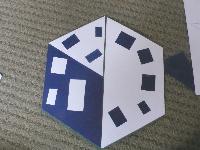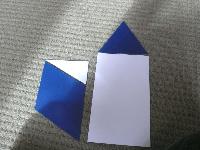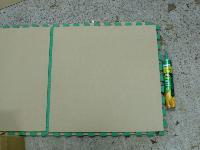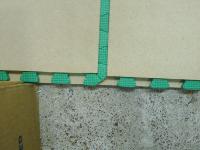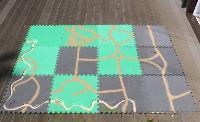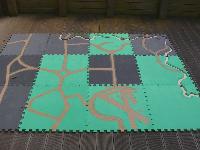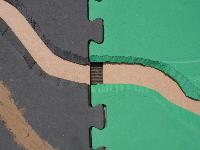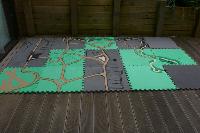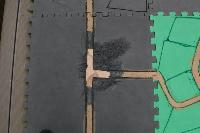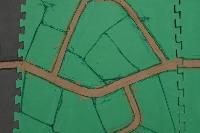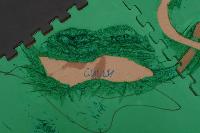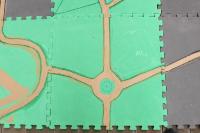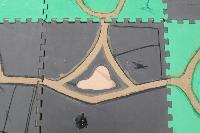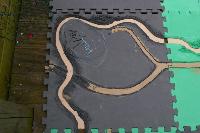Terrain Boards project - Part 1
Making Terrain boards is something that I've always been interested in creating
for a number of years. I've seen some great examples and some not so
good examples. Some limiting factors for me is the cost of materials,
portability and the durability of the boards. I think I found the
answer to this when I visiting "The terrain guy" website a few years
ago, where they use interlocking floor mats. Then when I was at the local
hardware store and noticed them for sale for $20NZ a set of 4. Each
set
allows me to cover a 4x4 foot area so it seems pretty good value to me
and they are nice and light.
Over the last year or two I've been amassing ideas and bits and pieces
to
begin work on a set of 6mm terrain boards.
The boards will be used for
mostly 20th century gaming but I'd like to use the for Napoleonic and
ever earlier if possible (this will depend on the road colour mostly).
The main motivation (if I needed any) is a modern tournament here in
Auckland in Feburary 2012. I want to have enough tiles done to cover a
8x6ft table and maybe more to give me some more options.
The plan
My plan is to have a mix of fixed and removeable terrain depending on
the type of terrain pieces. Some pieces like field, roads rivers,
bridges, hills, streams, ponds and a coast line will be
fixed while others will removeable features like
towns, forest, woods, fields, hills and trees. you'll notice some
of the same type of pieces will be fixed and also removeable, to
create a more flexible layout
I'm planning to make
plain areas (flocked but no details) where I can add farms, small
villages and other smaller items. There will also be larger clear areas
where Towns, hills or forests will go, and the terrain pieces that will go in
these won't
necessarily fill the whole area, so I will have filler bases (eg fields,
parks).
On top of one of two hills I will have a clear area on the
top,
where I can add features like a cell phone tower, wind turbine, stone
circles, temples, monastries and windmills depending on the period and scenario.
I'm planning to make some new towns for the terrain boards and these
will be no larger than 300x300mm and a hex shape (this seems to be the
most flexible for joining road and I can rotate them. There will be 1
main section per town with 2 - 5 smaller pieces and I can use the
pieces as smaller towns if required. I will have about 6 different
shapes but they should fit together pretty well as a hexagon can be
divided up easily. Also there will be roads which will enter all in the same place
for each blank area.
Using a 3d board allows me to create cool things like
ditches next to roads, sunken
terrain, good looking water ways, gullys, folds and so on. I'll also
make/convert individual trees (with pins in the trunks) which I can
stab into
the terrain and then I can put them anywhere (I might try and do this
for
power poles and lampposts as well).
I have a few buildings painted already and I'm finishing off my
airfield buildings (there will be a small airfield on one of the
tiles).
I'm sure as this project progresses I'll come up with
new ideas and change some of the options I've listed here somewhat.
Inspiration
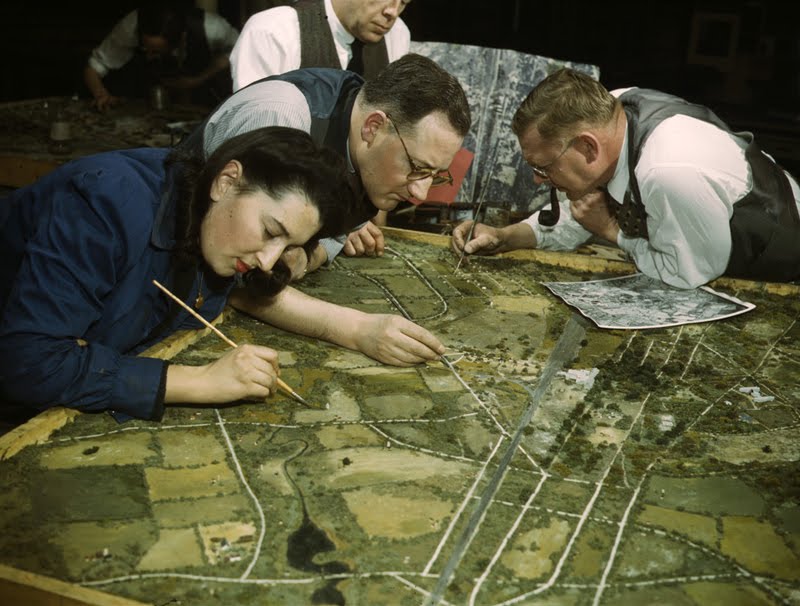
[The team hard at work at 6mm Wargaming HQ] Well not really but I wouldn't mind if mine came out looking something
like this.
Click on the thumbnails to see the full sized image
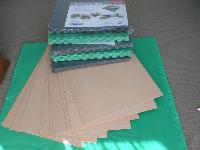
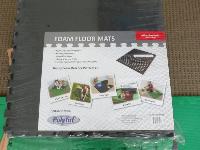
The main materials for this project consist of 2x2ft interlocking foam tiles (which are used as kids play mats) which I'll mount the on MDF boards. The MDF boards I'm
planning to use are 1200x600x 4.75mm thick. I figure it will be thick enough so it doesn't warp and not too heavy to carry around to games. I also got some Selleys
Liquid Nails to glue it all together as I want something that was strong and woudln't warp the boards when I glue them.
I originally saw the idea for using these tiles on theterrainguy.com site so I should pay my respects to them, for the great idea.As you can see from the picture I got
a mix of green and black tiles because of what was in stock at the time, so hopefully that won't be a problem when I come to paint them. The MDF boards were about
$7NZ each and the tiles $20NZ for a pack of 4 tiles so the whole lot was a reasonable price.
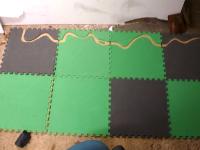

These pictures show the river section I cut in the boards and some of the plain boards joined together. The river begins and exits at the same point on each board so
I can arrange them differently. I cut the banks a bit wider than I need so I can add some silicon and ground materials to it to shape it how I want. I also left some
parts unshaped so I can add in some bridges over the river and a ford. I tried to make the rivers reasonably windy as a lot of wargamers rivers are straight, which I
don't like, although they may be more practicable.
This was the first test cutting the foam, and it was easier than I had hoped for. I found that if I used a new blade in a knife cut it very easily and smoothly but once
the blade started to get blunt, the cuts got rougher and harder to make. It was also easy to chage the direction of the blade to get the curves without too much effort.





